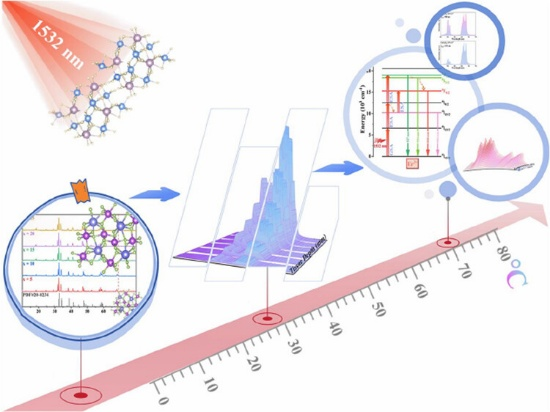
Inorganic Chemistry recently featured a study by researchers from Chongqing University of Posts and Telecommunications and the Changchun Institute of Optics, Fine Mechanics and Physics, Chinese Academy of Sciences, unveiling a breakthrough in upconversion (UC) luminescent materials.
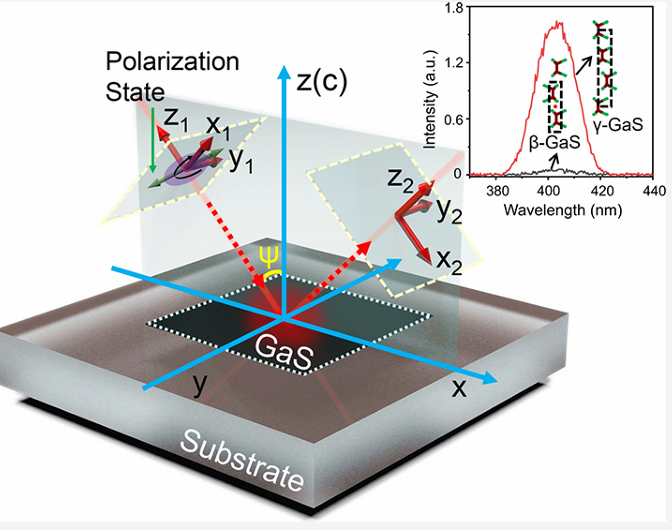
Published in Nano Letters, a team of scientists from the Changchun lnstitute of Optics, Fine Mechanics and Physics, Chinese Academy of Sciences and Northeast Normal University reported a novel method to identify the crystal phases of layered gallium sulfide (GaS).
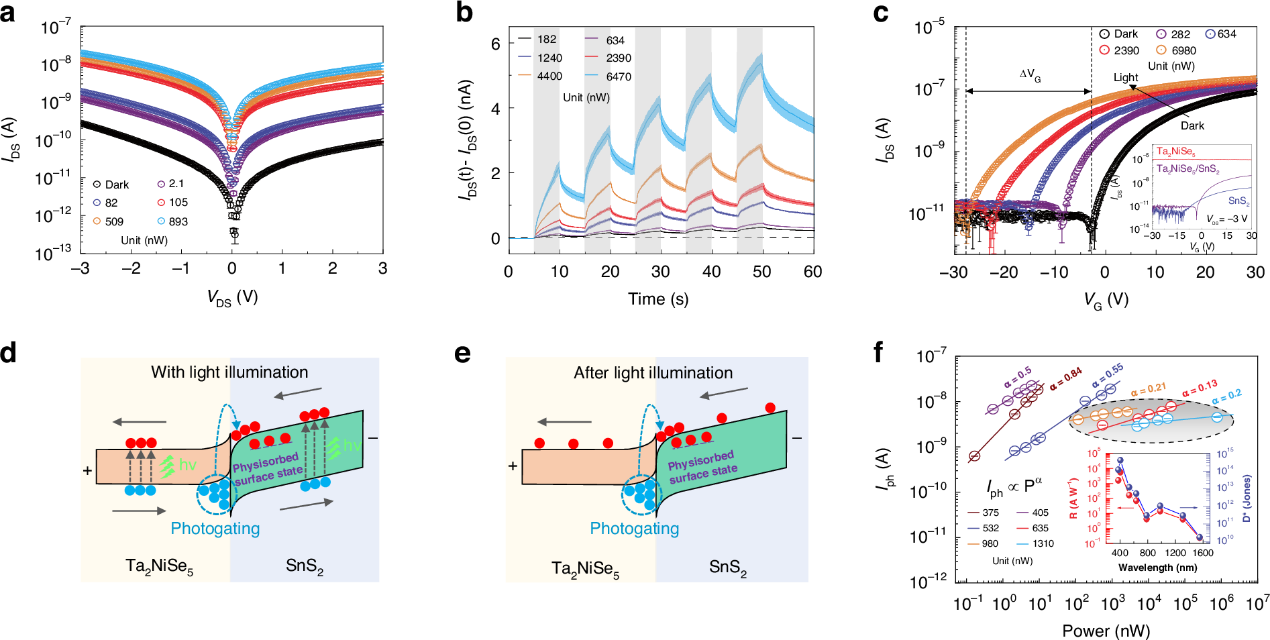
A team from the Changchun Institute of Optics, Fine Mechanics and Physics, Chinese Academy of Sciences, has created a Ta₂NiSe₅/SnS₂ heterojunction-based optoelectronic synaptic transistor capable of mimicking human visual functions across ultraviolet (UV) to near-infrared (NIR) wavelengths.
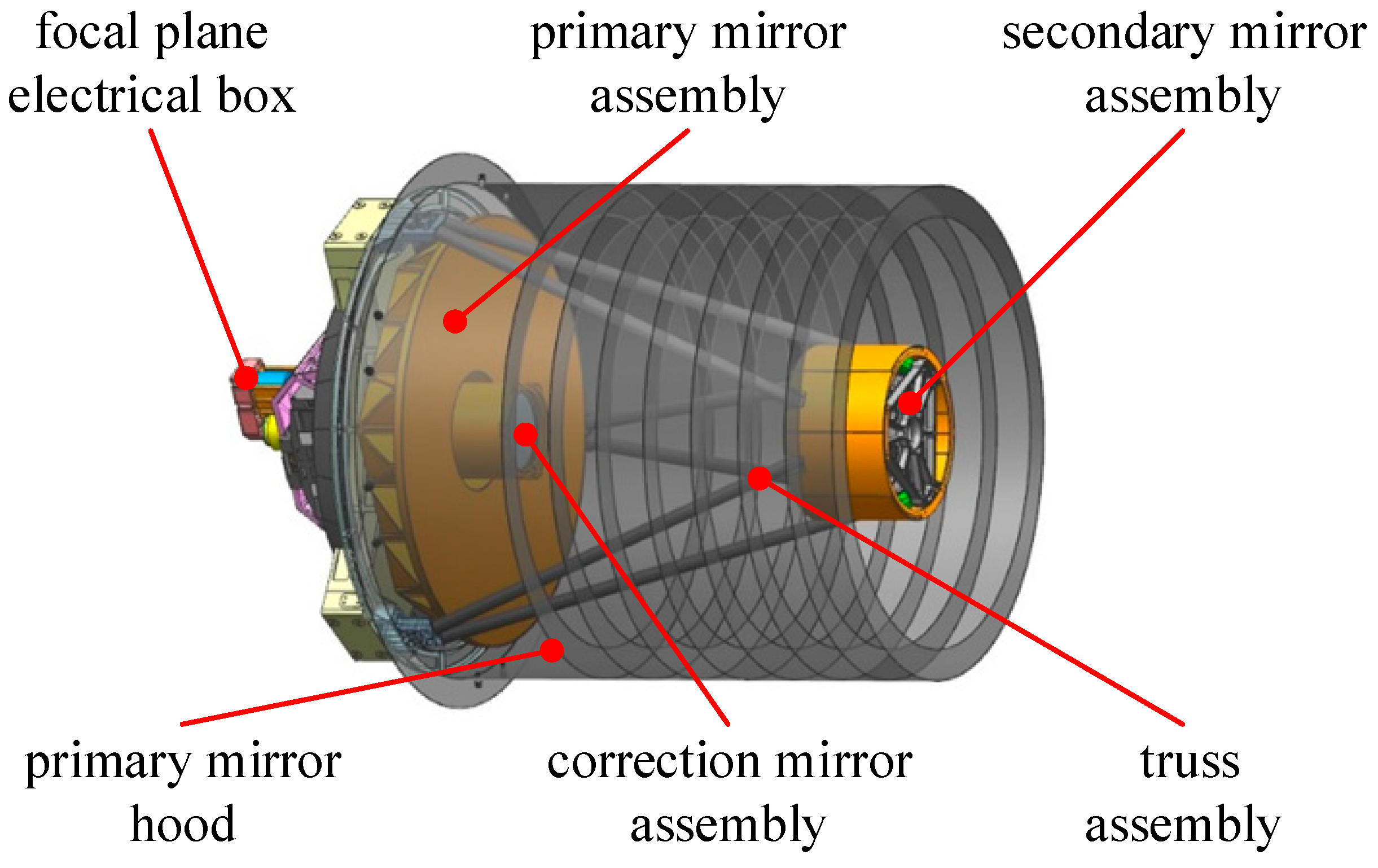
A research team from the Changchun Institute of Optics, Fine Mechanics and Physics, Chinese Academy of Sciences, has developed a linear state space method to analyze the structural dynamics of large-aperture space telescopes.
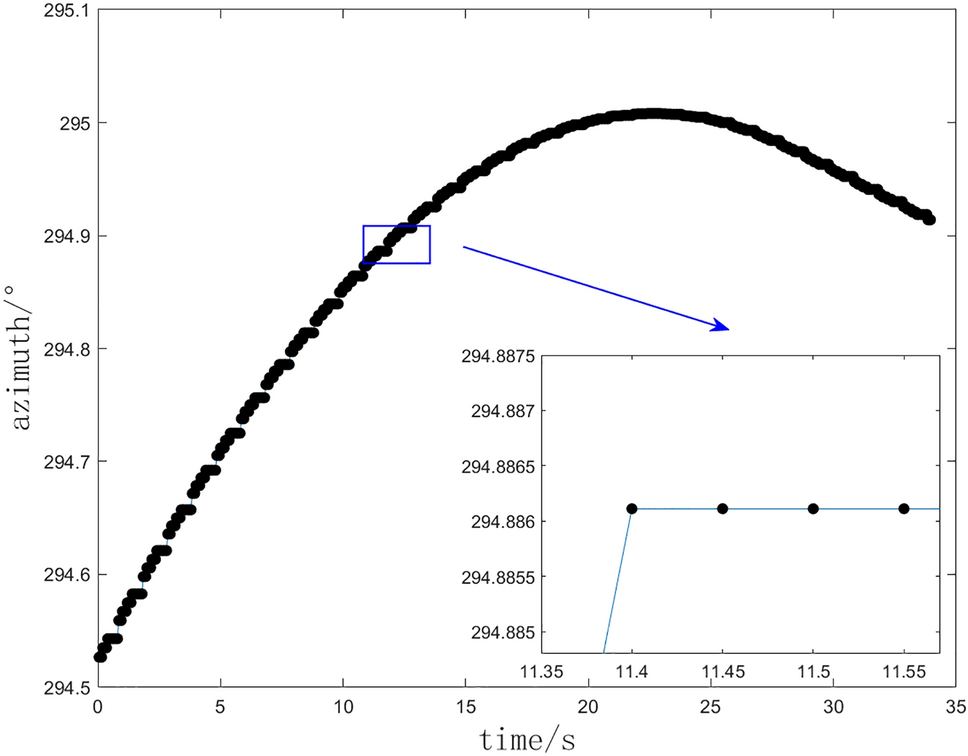
A research team from the Changchun Institute of Optics, Fine Mechanics and Physics, Chinese Academy of Sciences, proposed a real-time smoothing algorithm to improve the accuracy and stability of photoelectric theodolites.
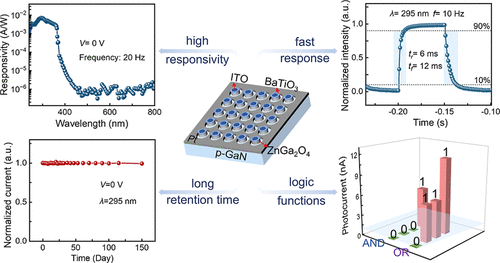
Researchers has developed a novel ferroelectric optoelectronic memory device that integrates sensing, memory, and logic operations, offering potential for artificial intelligence (AI) and Internet of Things (IoT) applications.
